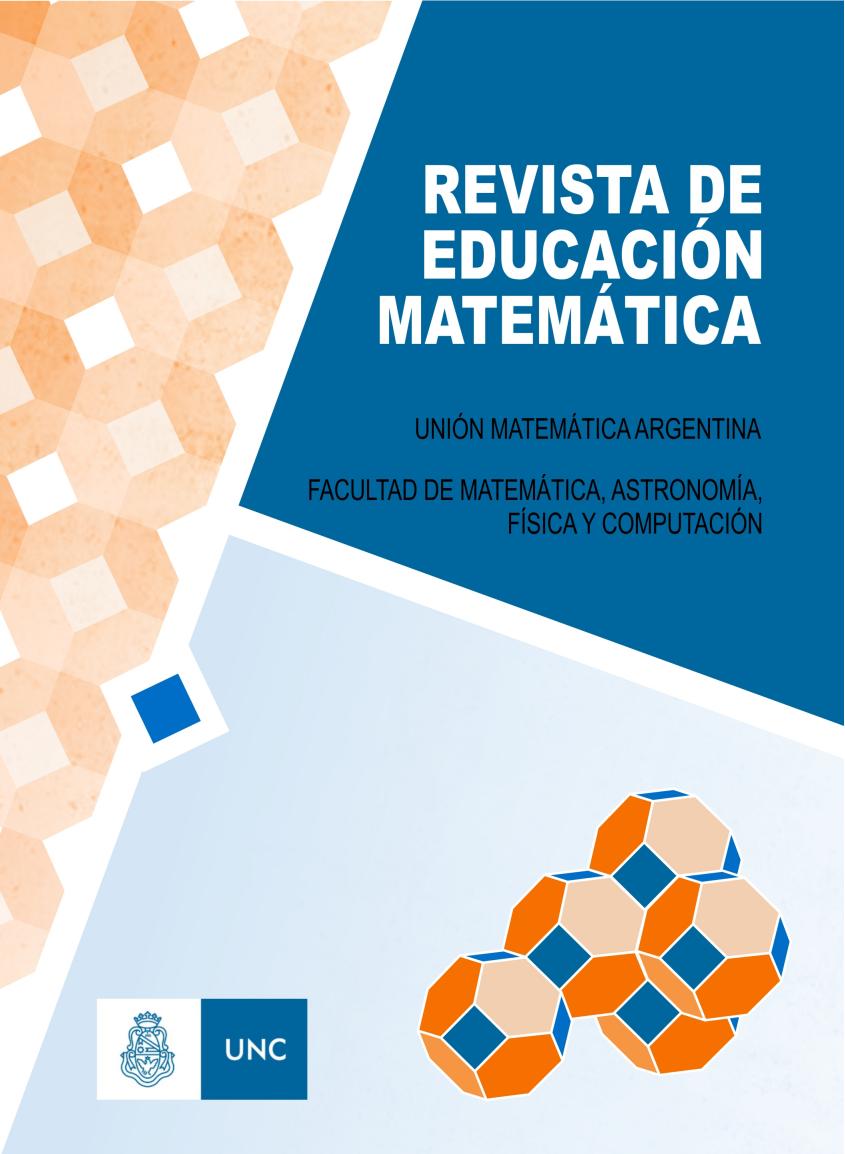Growth model of Pacific Walrus (Odobenus rosmarus) population after the decrease of summer ice in the Chukchi Sea due to climate change
DOI:
https://doi.org/10.33044/revem.41053Keywords:
Biomathematics, Difference equation system, Applied mathematics, SimulationAbstract
This article provides an example of interdisciplinary work involving applied mathematics, ecology, and education. It describes the process of developing a population model for Pacific walruses (Odobenus rosmarus) based on biological and ethological data, as well as the effects of climate change on their environment. We describe the reasoning at each stage of the modeling step by step, then simulate it with the RStudio software and interpret the results. We believe that this work can serve as an example of the pedagogical tools required for the teaching of applied mathematics in relation to current environmental problems, allowing theoretical mathematical results to be given concrete meaning.
Downloads
References
ACIA (Arctic Climate Impact Assessment). (2004). Impacts of a warming arctic. Cambridge, United Kingdom: Cambridge University Press.
Beatty, W. S., Lemons, P. R., Everett, J. P., Lewis, C. J., Taylor, R. L., Lynn, R. J., ... others (2022). Estimating pacific walrus abundance and survival with multievent mark-recapture models. Marine Ecology Progress Series, 697, 167–182. doi: 10.3354/meps14131
Citta, J. J., Lowry, L. F., Quakenbush, L. T., Kelly, B. P., Fischbach, A. S., London, J. M., ... others (2018). A multi-species synthesis of satellite telemetry data in the pacific arctic (1987–2015): overlap of marine mammal distributions and core use areas. Deep Sea Research Part II: Topical Studies in Oceanography, 152, 132–153. doi: 10.1016/j.dsr2.2018.02.006
Fay, F. H. (1982). Ecology and biology of the pacific walrus, odobenus rosmarus divergens illiger. North American Fauna, 74, 1–279. doi: 10.3996/nafa.74.0001
Fay, F. H., Kelly, B. P., Gehnrich, P. H., Sease, J. L., y Hoover, A. A. (1984). Modern populations, migrations, demography, trophics, and historical status of the pacific walrus. University of Alaska and Fairbanks Institute of Marine Science.
Fernández-Arhex, V., y Corley, J. C. (2004). La respuesta funcional: una revisión y guía experimental. Ecología austral, 14(1), 83–93.
Frey, K. E., Moore, G., Cooper, L. W., y Grebmeier, J. M. (2015). Divergent patterns of recent sea ice cover across the bering, chukchi, and beaufort seas of the pacific arctic region. Progress in Oceanography, 136, 32–49. doi: 10.1016/j.pocean.2015.05.009
Garlich-Miller, J., MacCracken, J. G., Snyder, J., Meehan, R., Myers, M., Wilder, J. M., ... Matz, A. (2011). Status review of the pacific walrus (odobenus rosmarus divergens). US Fish and Wildlife Service.
Jay, C. V., Fischbach, A. S., y Kochnev, A. A. (2012). Walrus areas of use in the chukchi sea during sparse sea ice cover. Marine Ecology Progress Series, 468, 1–13. doi: 10.3354/meps10057
Krupnik, I., y Ray, G. C. (2007). Pacific walruses, indigenous hunters, and climate change: bridging scientific and indigenous knowledge. Deep sea research part II: topical studies in oceanography, 54, 2946–2957. doi: 10.1016/j.dsr2.2007.08.011
MacCracken, J. G. (2012). Pacific w alrus and climate change: observations and predictions. Ecology and evolution, 2(8), 2072–2090. doi: 10.1002/ece3.317
R-CoreTeam. (2022). R: A language and environment for statistical computing. Descargado de https://www.R-project.org/
RStudio-Team. (2022). RStudio: Integrated development for R, version 2022.7.1.554. Descargado de http://www.rstudio.com/
Speckman, S. G., Chernook, V. I., Burn, D. M., Udevitz, M. S., Kochnev, A. A., Vasilev, A., . . . Benter, R. B. (2011). Results and evaluation of a survey to estimate pacific walrus population size, 2006. Marine Mammal Science, 27(3), 514–553. doi: 10.1111/j.1748-7692.2010.00419.x
Udevitz, M. S., Taylor, R. L., Garlich-Miller, J. L., Quakenbush, L. T., y Snyder, J. A. (2013). Potential population-level effects of increased haulout-related mortality of pacific walrus calves. Polar Biology, 36, 291–298. doi: 10.1007/s00300-012-1259-3
Downloads
Published
How to Cite
Issue
Section
License

This work is licensed under a Creative Commons Attribution-ShareAlike 4.0 International License.
Aquellos autores/as que tengan publicaciones con esta revista, aceptan los términos siguientes:
- Los autores/as conservarán sus derechos de autor y garantizarán a la revista el derecho de primera publicación de su obra, el cuál estará simultáneamente sujeto a la Atribución-CompartirIgual 4.0 Internacional (CC BY-SA 4.0), que permite:
- Compartir — copiar y redistribuir el material en cualquier medio o formato
- Adaptar — remezclar, transformar y construir a partir del material
- La licenciante no puede revocar estas libertades en tanto usted siga los términos de la licencia
- Los autores/as podrán adoptar otros acuerdos de licencia no exclusiva de distribución de la versión de la obra publicada (p. ej.: depositarla en un archivo telemático institucional o publicarla en un volumen monográfico) siempre que se indique la publicación inicial en esta revista.
- Se permite y recomienda a los autores/as difundir su obra a través de Internet (p. ej.: en archivos telemáticos institucionales o en su página web) después del proceso de publicación, lo cual puede producir intercambios interesantes y aumentar las citas de la obra publicada. (Véase El efecto del acceso abierto).










